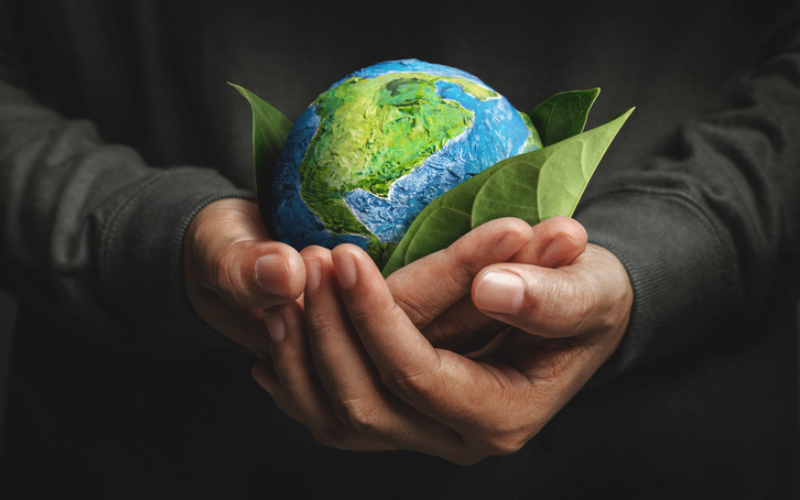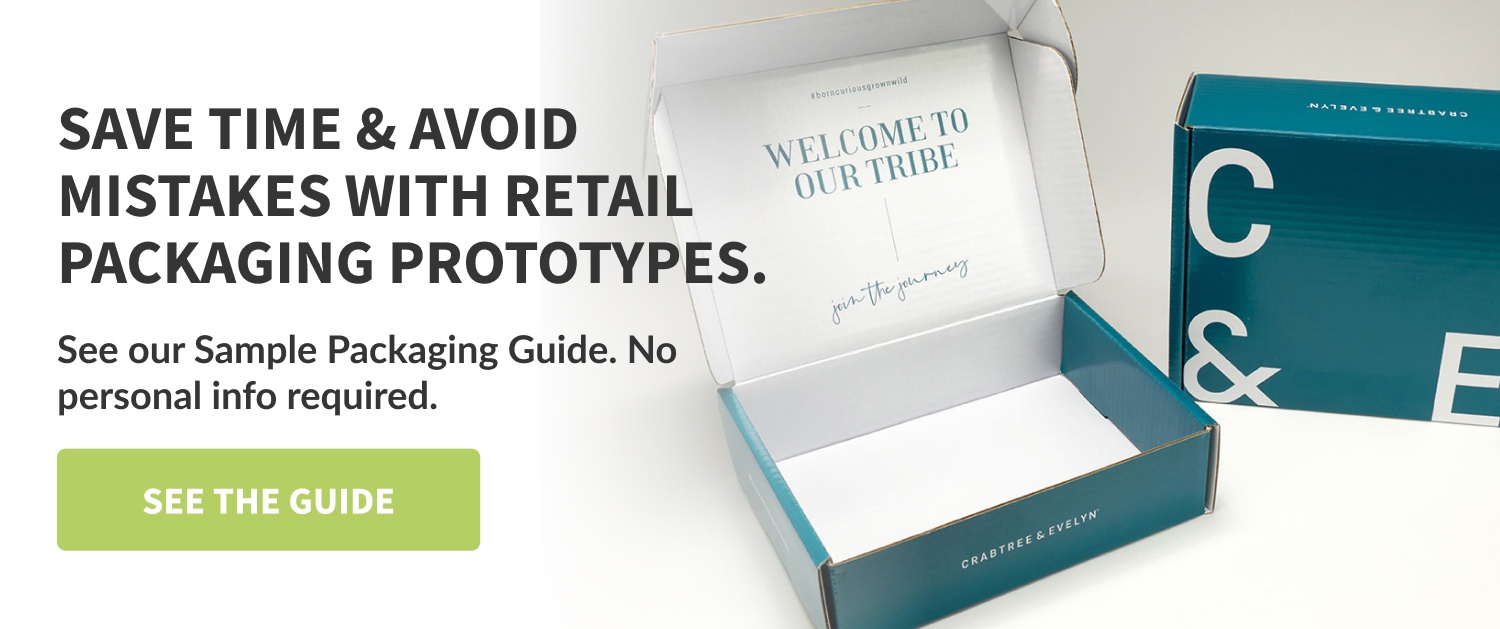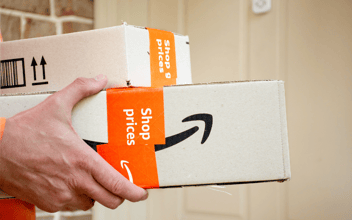10 Types of Eco-Friendly Packaging For Your Products
As plastic pollution devastates ecosystems worldwide, consumers are increasingly interested in eco-friendly packaging materials. Not only are they interested, but the majority are willing to pay more for sustainable options.
If you want to attract new customers and burnish your green credentials, consider using eco-friendly packaging materials for your products. Consumers who feel that a company matches their values are much more likely to develop long-term brand loyalty.
Eco-Friendly Packaging Trends
Demand for eco-friendly packaging materials is growing exponentially, especially in industries like cannabis and health foods. The sustainable packaging market is projected to grow 6.1% annually and reach a valuation of $470.3 billion by 2027. To capitalize on this substantial growth, most brands are taking a hard look at their supply chains and making improvements to their packaging sustainability.
Recycled paperboard is a low-cost solution to manage your budget while lowering your carbon footprint and preventing deforestation.
Consumer pressure is pushing more brands toward the “zero waste” movement, which promotes reusable packaging over single-use packaging. Zero waste goes beyond recycling by utilizing infinitely reusable materials like glass, sustainably harvested wood, and aluminum.
Contrary to popular belief, eco-friendly packaging materials are comparable in price to single-use packaging. As the market for post-consumer materials grows and public support for plastic shrinks, disposable packaging is quickly becoming a thing of the past.
10 Types of Eco-Friendly Packaging to Consider
When most people picture eco-friendly packaging materials, they imagine dull brown boxes made from recycled fibers. In reality, sustainable packaging allows for numerous designs and materials ranging from white glossy boxes to vibrantly colored laminates. The following represent just a handful of the possibilities when it comes to eco-friendly packaging.
- Minimalist paper and cardboard packaging are some of the most cost-effective options. By using lightweight recycled materials, you’ll also save money on shipping costs.
- Avoid using plastic tape and stickers on the exterior of your packaging so it’s easier for recyclers to process materials.
- Consider using compostable mailers instead of plastic poly bags. Not only are compostable mailers made from natural substances, but they also weigh almost nothing, which reduces the overall carbon footprint for shipping.
- If you do decide to use plastic packaging, consider using PET substrates, which are easier to recycle than most other varieties of plastic.
- Use soy-based ink instead of a petroleum-based alternative. Soy-based ink is easier to recycle, can be sustainably sourced, and contains no volatile organic compounds (VOCs).
- The supply chain for recycled paper is more robust than ever, so your packaging doesn’t need to contribute to deforestation.
- Packing peanuts made from petroleum have a long history of damaging the environment. Now, many companies are using biodegradable packing peanuts, which are usually made from corn or wheat starch.
- Bear in mind the difference between recycled and recyclable. You can order paper made from virgin wood pulp that is still fully recyclable. The best eco-friendly packaging materials are both 100% recycled and recyclable so they can be reused forever.
- The Forest Stewardship Council (FSC) provides certification for paper products that come from sustainable timber operations. Although recycled materials are better for the environment, FSC-certified paper and cardboard are other good options.
- Aqueous coating (AQ) is a great water-based material that eliminates smudges and fingerprints on packaging, without sacrificing its recyclability. It is totally non-toxic and VOC-free.
Shipping’s Environmental Impact
Consider the weight and dimensions of your product packaging before you commit to an order. Reducing the size and weight of your eco-friendly packaging materials will make them easier to transport and result in lower fossil fuel consumption.
Even the difference of a gram per unit will add up exponentially when you order hundreds or thousands of packages. Stay competitive in a crowded market by taking up less shelf space and simplifying shipping logistics. More compact packaging saves you money directly on shipping costs and reduces the total number of deliveries, which is better for the environment.
Order Eco-Friendly Sample Packaging Before Committing
If you’re new to the world of eco-friendly packaging and you want to avoid surprises or inconsistencies, order sample packaging before committing to a big order. Find a professional packaging company that offers sustainable packaging samples and get a feel for the aesthetics, cost, and dimensions of your new packaging.
Ordering sample packaging is inherently sustainable because it reduces the likelihood of throwing out materials in the unfortunate case that you’re unhappy with your packaging.
Related Content: Why Brands Should Get Sample Packaging Before Ordering
Boost Your Sustainability Credentials with Eco-Friendly Packaging Materials
A large majority of consumers want brands to make their products more sustainable. Leading brands are meeting the moment by investing in renewable energy, reducing waste, and investing in eco-friendly packaging materials.
From recycled cardboard to soy-based inks and dissolvable packing peanuts, there are endless possibilities to reduce your carbon footprint. Find a professional packaging provider who matches your values and provides high-quality sustainable packaging materials. When you impress customers with your sustainability credentials, they will return again and again to buy your products and support your ethical business practices.






